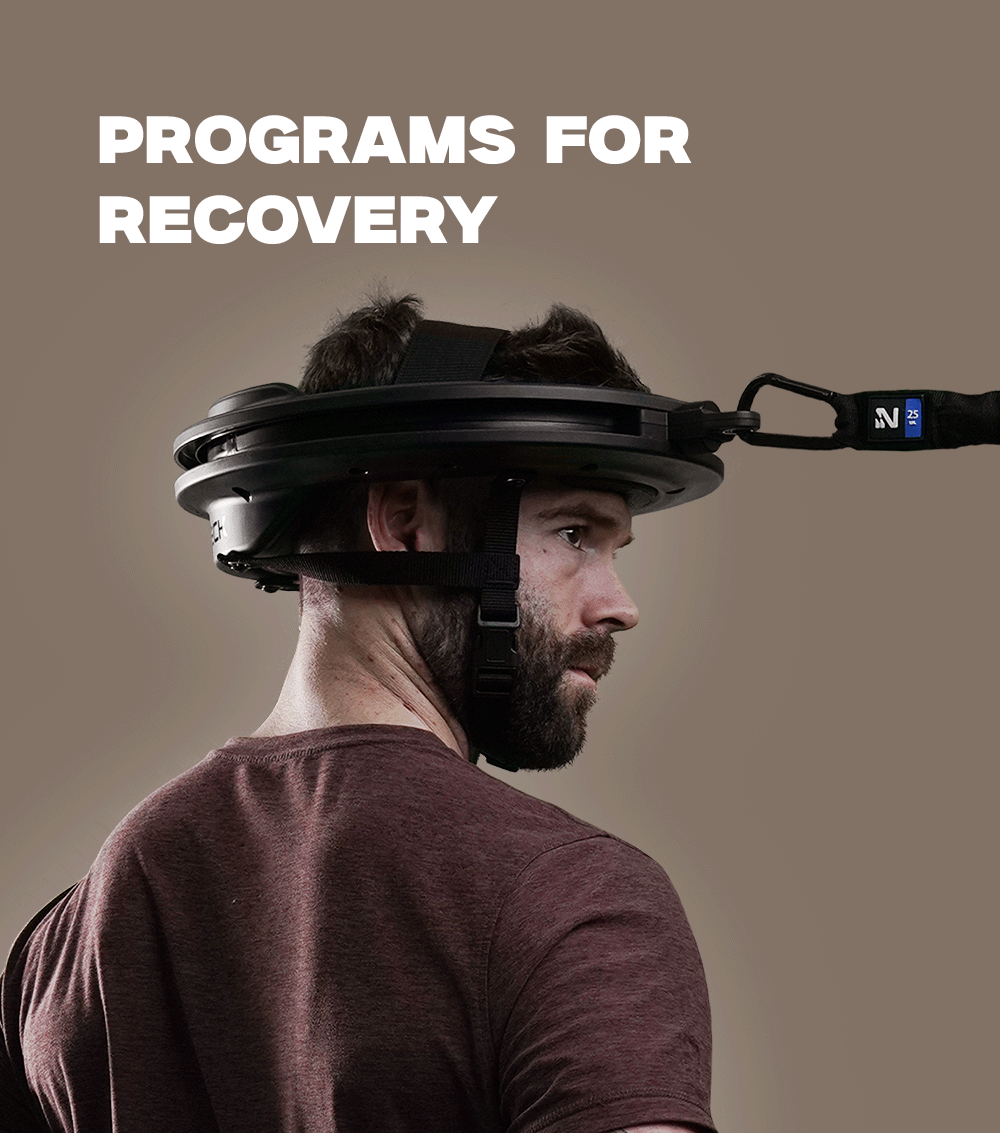The neck bridge is one of the most iconic - and controversial - movements in combat sports training. Wrestlers, BJJ athletes, and MMA fighters have used it for decades to build thick, resilient necks that can absorb impact.
But here’s the catch: while neck bridges can build strength, they can also put your spine in a vulnerable position if done incorrectly. The good news? There are safer, more effective ways to get the same benefits - without the risk.
Let’s break it down.
What Is a Neck Bridge?
The neck bridge is an old-school exercise where you support your body weight on your head and feet, lifting your hips off the ground. Variations include:
- Wrestler’s bridge (back of head on floor)
- Front bridge (forehead on floor)
- Wall-assisted bridge
- Rolling bridge transitions (dynamic movement)
These exercises target the posterior chain of the neck and upper traps - muscles crucial for absorbing force, especially in contact sports.
The Problem With Traditional Neck Bridges
While neck bridges can develop strength and toughness, they come with risks that most people don’t fully understand.
Potential Issues Include:
- Spinal compression: Excessive pressure on the cervical discs
- Joint shearing: Especially in the upper vertebrae
- Poor form under fatigue: Can lead to awkward, dangerous angles
- Neck strain or pinched nerves: Particularly when done explosively or with added weight
If you’re not a seasoned wrestler or grappler - or you’re not being coached properly - there’s often more risk than reward.
Safer Alternatives to Neck Bridges
You don’t need to risk spinal compression to build a strong, resilient neck. In fact, most modern strength coaches now favor exercises that challenge the same muscles without sacrificing joint integrity.
1. Neck Isometrics
Build static strength by pressing your head into resistance - no movement required.
How to do it:
- Use your hands, a towel, or a band for resistance
- Push gently in all directions: front, back, left, right
- Hold for 5-10 seconds per rep
2. Iron Neck Rotational Training
The Iron Neck device offers 360 degrees of resistance for dynamic and isometric training. You can safely strengthen the neck in every plane of motion with adjustable tension and full control.
Benefits include:
- Precision targeting of weak areas
- Controlled progressive overload
- Full-circle neck rotation for mobility and stability
- No spinal compression or grinding
3. Band-Resisted Neck Movements
Use loop bands for flexion, extension, and lateral flexion exercises.
Why they work:
- Easy to control resistance
- Great for beginners and advanced users
- Minimal equipment required
4. Posture and Upper Back Work
A strong neck is supported by strong posture. Add:
- Scapular retractions
- Face pulls
- Wall angels
- Thoracic mobility drills
These help reinforce alignment and take pressure off the cervical spine.
Who Might Still Use Bridges?
Advanced athletes - particularly wrestlers, gymnasts, or BJJ practitioners - may still use neck bridges under supervision. But they’re usually used sparingly, for specific skill adaptation, and alongside safer alternatives.
If you’re training solo or don’t have a coach watching your form, skip the bridges and opt for controlled resistance-based training instead.
Train Smart: Build Strength Without the Risk
Neck strength is non-negotiable for athletes, especially in contact sports. But how you build that strength matters.
You can still get all the benefits of a strong, injury-resistant neck without putting your spine in a vulnerable position. Tools like Iron Neck allow you to train smarter, move better, and keep your body performing at its highest level - with less risk.









Leave a comment
This site is protected by hCaptcha and the hCaptcha Privacy Policy and Terms of Service apply.